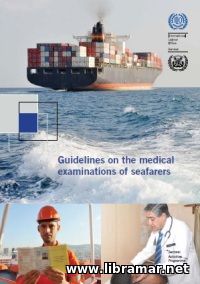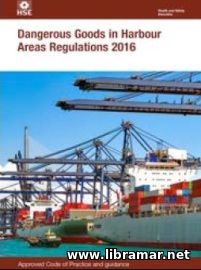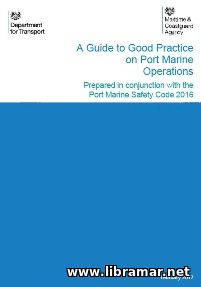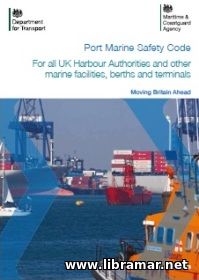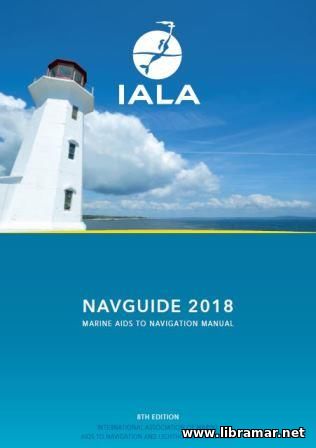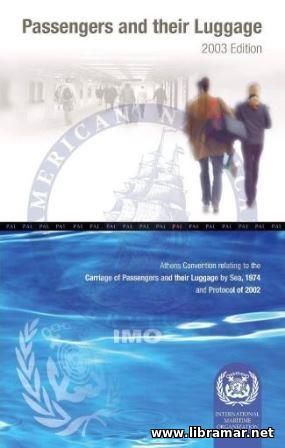
The first book of the two-volume set addressing the explosives regulations. It is dealing with the safety provisions and provides required guidance of the applicable regulations. The content will be interesting to the people assigned any duties governed by the Explosives Regulations. The book gives good technical guidance to help such people achieve due compliance with the safety provisions of the above mentioned regulations.
The authors have identifies specialist and topic based guidance to provide enough information. The volume starts with the information about the safety requirements continued with the chapter addressing the effective fire and explosion measures including management arrangements and proper housekeeping tips, segregating explosive materials, prevention of fires/explosions, general precautions and protection of people, separation distances to be maintained to eliminate the risk of fire or explosion, procedures for the disposal, discarding and decontamination of explosive materials and other information.
Note that the document is not specifically addressing the shipboard activities and was not prepared for marine industry in mind; however, the general information provided in its pages will definitely be of some use during the shipboard and port activities. There second volume of this set is devoted to the security provisions and is also recommended.

